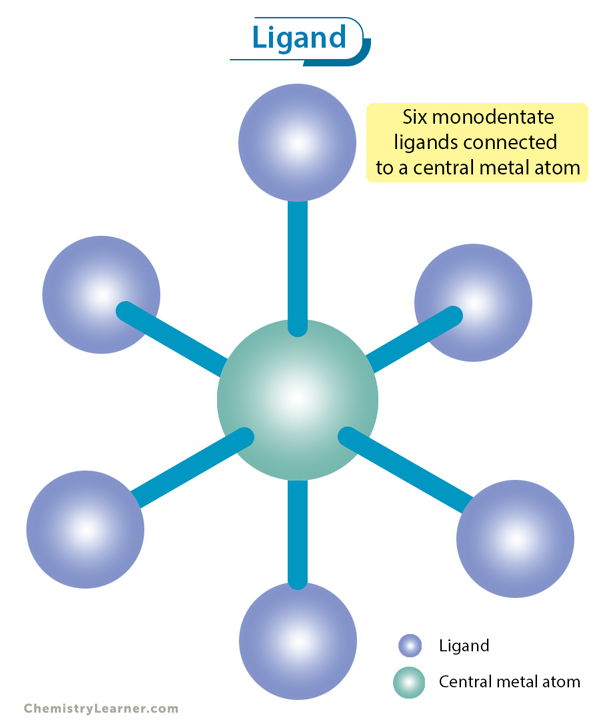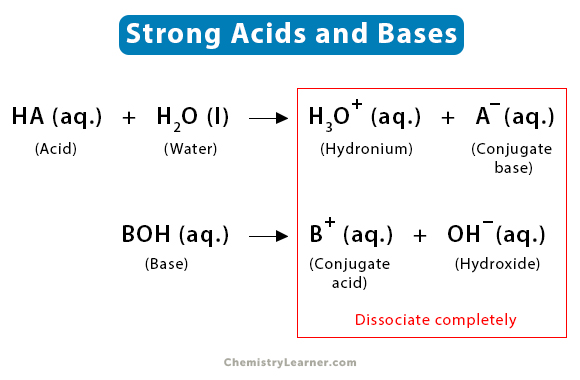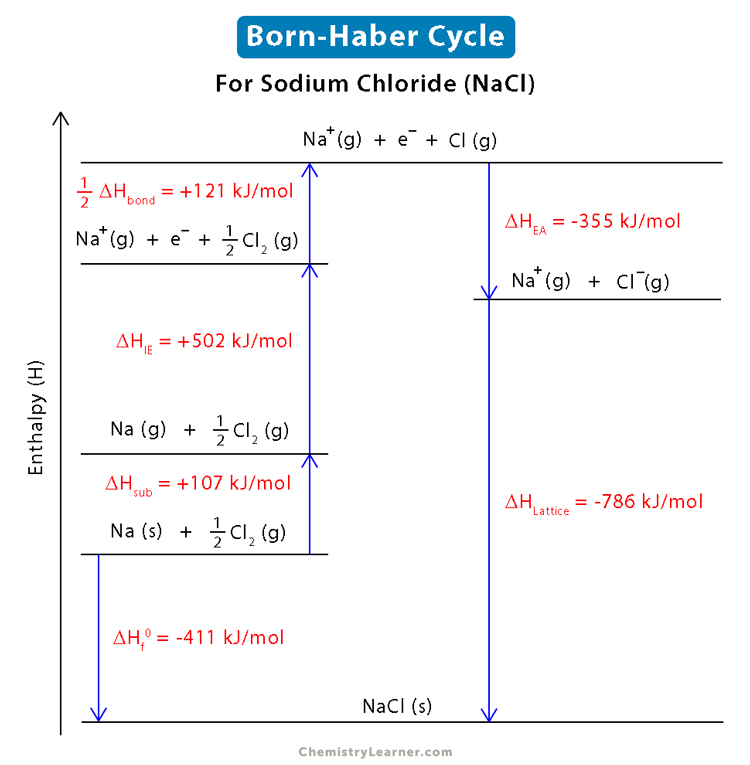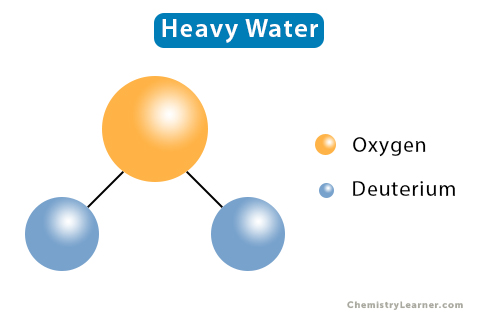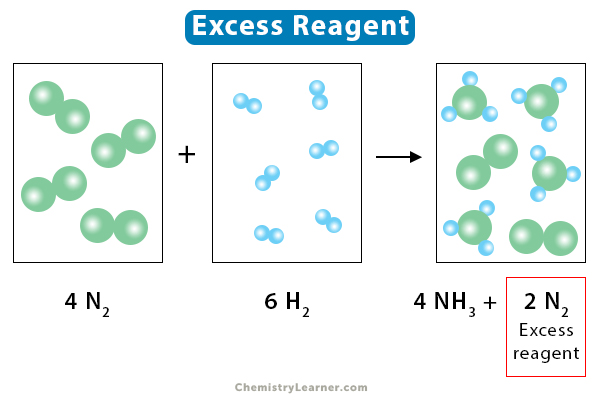Arsine
Arsine is flammable and highly toxic gas with formula AsH3. It is one of the simpler compounds of arsenic. Reaction of arsenic-containing substances with newly formed hydrogen in water or acids leads to formation of arsine gas. Although arsine is odorless, it is possible to smell like mild garlic when it is present at above about 0.5 ppm
Arsine Names
Arsine is known by many other names like
Arsine Chemical Definition
Arsines refer to a group of organoarsenic compounds of the formula AsH3−xRx, where R denotes aryl or alkyl. For instance, As(C6H5)3 that is known as Triphenylarsine is an arsine.
Picture 1 – Image of Arsine
Source – encyclopedia.airliquide.com
Arsine Commercial Availability
It is generally commercially available as a liquefied compressed gas in cylinders.
Arsine Properties
Some of the main properties of Arsine are
- It is colorless
- It is odorless, but smells like mild garlic when present at above about 0.5 ppm
- It is slightly soluble in water (20% at 20º C)
- It has a molecular weight of 78.0 daltons
- It has a boiling point (760 mm Hg) of -62.5ºC.
- It is denser than air with gas density of 2.7 (air = 1)
- It is extremely flammable and may be ignited by heat, sparks, or flames.
- It is a stable compound and decomposes only gradually at room temperature. Humidity, presence of light and specific catalysts (namely aluminum) is some of the factors that determine its rate of decomposition.
- It can react dangerously with halogens like fluorine and chlorine or some of their compounds, resulting in explosions
- It reacts violently with strong oxidizing agents such as potassium permanganate and nitric acid
- As is common with heavy hydrides such as SbH3, H2Te and SnH4, it is unstable thermodynamically though stable kinetically
- It can be oxidized with concentrated O2 or dilute O2 concentration. This is a relatively simple process that can be represented by the chemical formula: 2 AsH3 + 3 O2 → As2O3 + 3 H2O
- Unlike PH3, this substance does not form stable chains, although H2As–AsH2 and even H2As–As(H)–AsH2 have been spotted. Diarsine is unstable above −100 °C.
- Although usually regarded as non-basic, isolable salts of the tetrahedral groups [AsH4] + can be produced by pronation of arsines by superacids.
Arsine Uses and Applications
This substance has varied uses.
- It finds its use in the semiconductor industry as a dopant. For silicon and germanium, arsenic is an n-dopant in relation to P. More importantly, arsine is deployed at 700–900 °C to manufacture the semiconductor GaAs by chemical vapor deposition (CVD): Ga(CH3)3 + AsH3 → GaAs + 3 CH4
- Acidic properties of As–H bond are often harnessed. Thus, arsine can be deprotonated: AsH3 + NaNH2 → NaAsH2 + NH3
- The use of arsine was suggested in chemical warfare because of arsine gas being colorless, almost odorless, and 2.5 times denser than air, ideal for a blanketing effect. Despite such favorable traits, arsine was never formally used as a weapon, due to its high flammability and its reduced efficacy in comparison to non-flammable substitute phosgene.
- It is sometimes used in soldering, galvanizing, burnishing, and lead plating.
Health Effects of Arsine Exposure
Exposure to arsine majorly occurs through inhalation. It is non-irritating and creates no urgent warning signs. Symptoms like nausea, dizziness and abdominal pain may be experienced within few hours of contact with 3 ppm of arsine. Exposure to large dose of arsine may lead to additional health implications including convulsions, paralysis, and respiratory failure. Skin contact with liquid arsine can lead to frostbite. Severe exposure to arsine is fatal in most cases. Those who survive may have long-term effects including
- Kidney damage
- Numbness
- Pain in extremities
- Neurological problems such as loss of memory, confusion and irritation
Treatment for Arsine Exposure
Blood transfusions and IV (intravenous) fluids may be required. Hemodialysis may be needed in case of some patients.
Arsine Precautions
As no antidote to arsine exists, the best precaution is to avoid it. However, if exposed, one needs to move immediately to an area of fresh air to reduce serious implications. You are advised to change your cloth and wash yourself thoroughly if you think that you are exposed to arsine.
- References
- http://www.atsdr.cdc.gov/mhmi/mmg169.html
- http://www.bt.cdc.gov/agent/arsine/facts.asp
- https://cfpub.epa.gov/ncea/iris2/chemicalLanding.cfm?substance_nmbr=672
- https://www.gov.uk/government/publications/arsenic-hydride-properties-incident-management-and-toxicology/arsine-and-stibine-general-information

